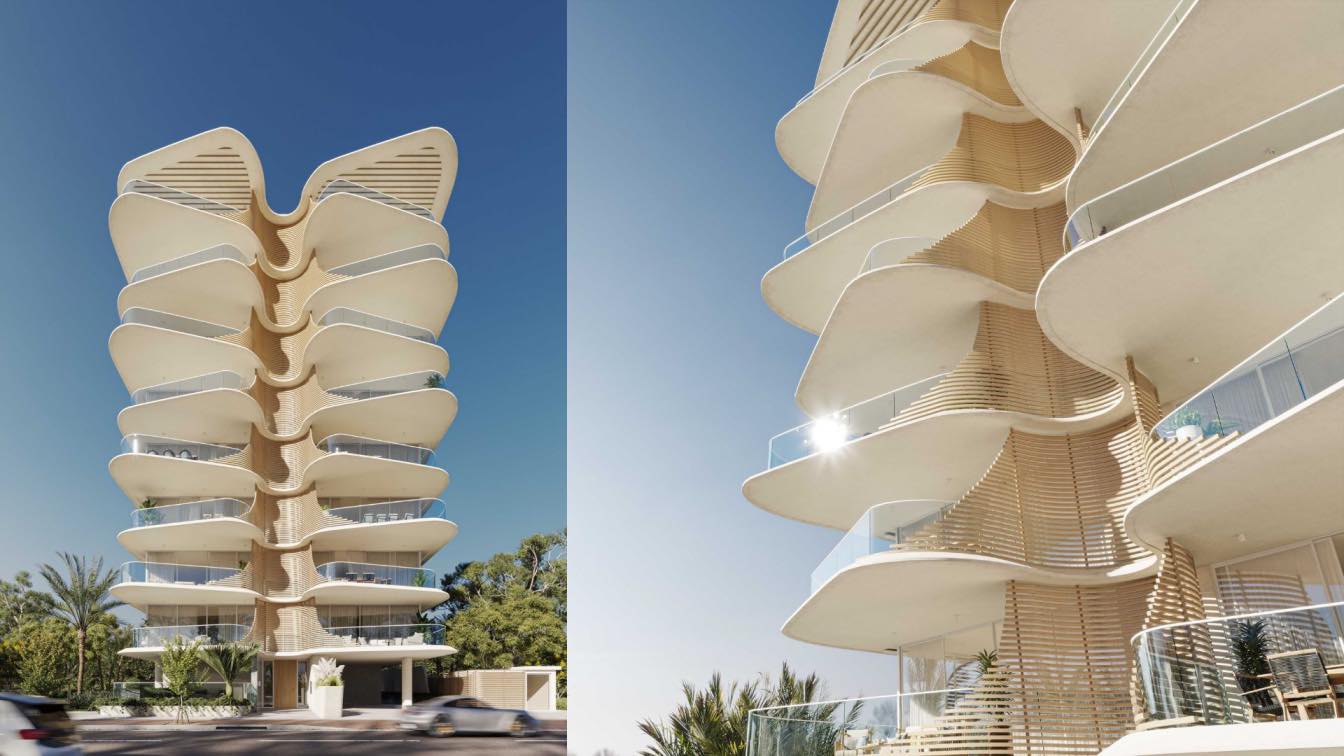NEOffice: Fidelio is a transformative project that sets out to define a new design language and dialect for an integrated platform. Inspired by a "Deja Vu" of the city – specifically, the contrasting energies of the beach and the opera house – the design aims to create an immersive experience that evokes both relaxation and grandeur. This unique approach extends beyond the building's facade, challenging traditional architectural conventions by exploring the entire volume as a canvas for expression.
Fidelio is envisioned as a "forgotten ballad reaching a new beat," embracing both historical depth and contemporary vibrancy. The architectural language draws inspiration from the image of a "boat resting between rocks," achieving a delicate balance between grounded solidity and open fluidity.
This interplay of "opening and closing" is further emphasized by the project's spatial design. Through careful iteration and exploration, the design team shifted the focus to achieving a unique spatial experience through the innovative use of the facade. The result is a gradual shift in light and shade across the building's surface, creating a "light shade gradient." This gradient culminates in a fully open, welcoming facade on the western side and a more closed, functional section on the eastern side, encompassing service areas and rooms.
Fidelio aspires to create a captivating and unique architectural experience through a blend of historical allusion, contemporary design principles, and innovative spatial manipulation. By challenging traditional design conventions and integrating functionality with a strong thematic concept, the project aims to redefine the potential of an integrated platform.


































